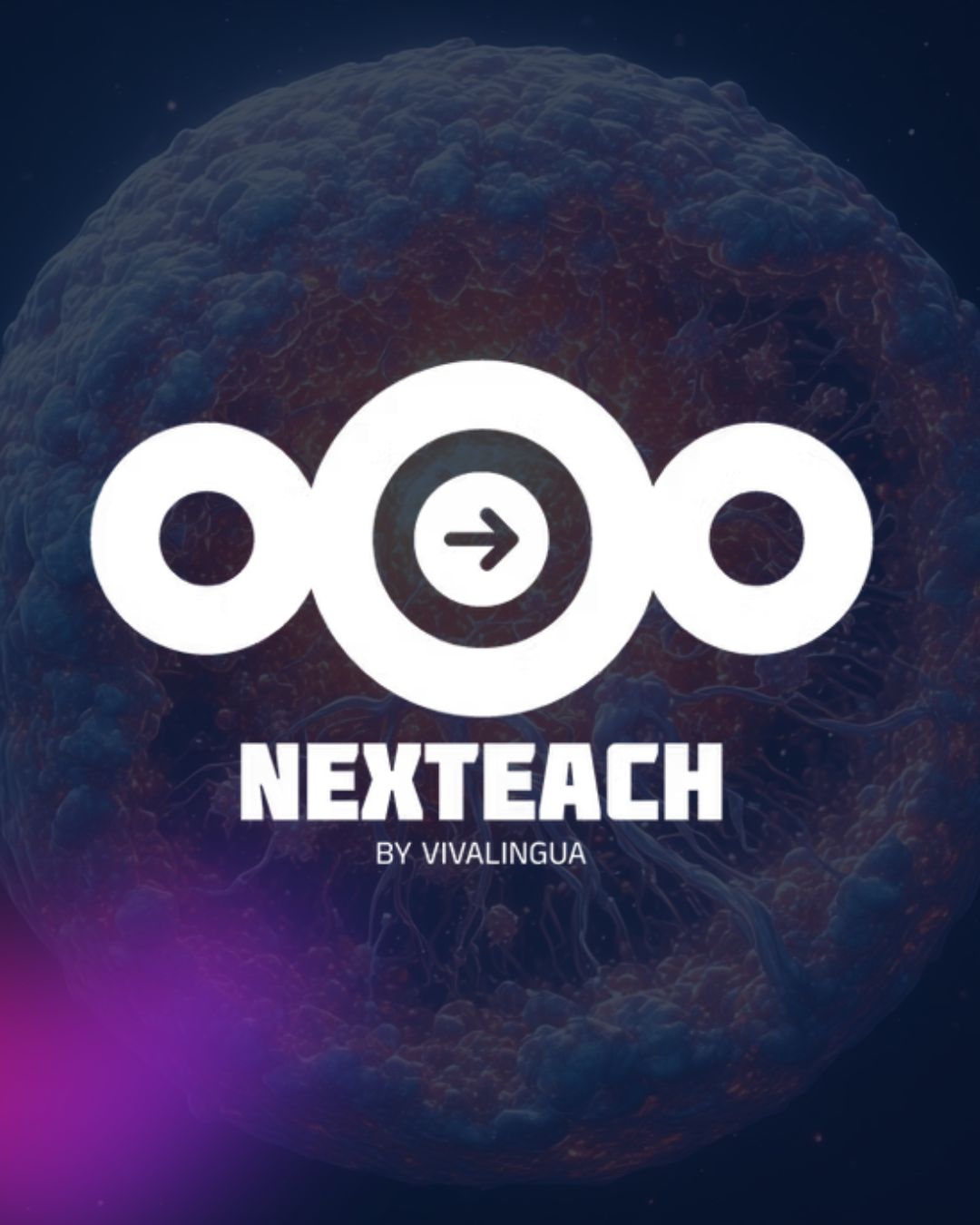Transforming Classrooms: My Journey from Traditional Tools to AI-Powered Learning Solutions
- NexTeach 360

- Jun 23
- 3 min read
Every educator knows that teaching is more than just delivering information; it’s about connecting with students and inspiring them to learn. Over my ten years in the classroom, I’ve seen how transformative technology can be. My move from traditional teaching tools to AI-powered learning solutions has deeply changed my teaching approach and enriched my students' educational experiences. Here, I share the highlights of this journey, marked by discovery, challenges, and powerful moments.
The Old Tools: A Foundation for Education
In my early teaching days, traditional tools like chalkboards, textbooks, and projectors were my go-to resources. While effective for a time, these tools had significant limitations. In fact, research shows that approximately 65% of students learn better through visuals. Unfortunately, chalkboards offered little flexibility and adaptability, preventing me from addressing diverse learning styles and paces.
For example, students who struggled with reading often fell behind, as I had limited ways to support them. The traditional system felt restrictive, and I often sensed both my students and I were confined within an outdated framework.
The Birth of Technology Inside the Classrooms
As technology began to flourish, I recognized the potential to elevate my teaching. Introducing projectors and computers allowed me to share videos and interactive content, engaging my students in new ways.
However, I faced challenges like poor internet connectivity and outdated software. On average, 30% of teachers faced technical issues at least once a week. These challenges made me realize that merely integrating technology was not enough; I needed more advanced solutions. That’s when I discovered the potential of artificial intelligence.
Embracing AI-Powered Solutions
The turning point in my educational journey came with the advent of AI-powered learning systems. Tools like adaptive learning software and AI-driven tutoring platforms revolutionized my teaching methods, creating a classroom dynamic that was both more personalized and engaging.
Personalization at Its Best
AI technology allows for individualized learning experiences that adapt to each student’s unique needs. For instance, one popular adaptive learning software adjusts content in real-time based on student performance. I witnessed firsthand how students—who once felt overwhelmed—thrived with personalized resources.
In fact, studies have shown that using adaptive learning can increase student engagement by 42% and improve retention rates significantly. This tailored approach not only encourages independent learning but inspires students to explore their interests more deeply.
Immediate Feedback and Assessment
One of the most valuable features of AI solutions is the capability for rapid feedback. Traditional assessment methods often resulted in delayed grades, leaving students uncertain about their performance. In contrast, AI tools provide real-time insights, allowing students to correct mistakes instantly.
This quick feedback mechanism empowers students to take responsibility for their own learning, prompting them to ask questions and seek clarification. Higher engagement in student discussions has shown to correlate with increased academic success, and I have seen this in my classroom.

Collaborative Learning Environments
Beyond personalized experiences, AI tools foster collaboration among students. For example, platforms that facilitate group projects connect students globally, allowing them to share ideas and experiences.
In these collaborative settings, students develop critical skills like teamwork and cultural awareness—both essential in today’s globalized society. Traditional methods often relied on one-way lectures, yet AI technology invites students into a dialogue, making the learning process a shared adventure.
The Role of the Teacher in an AI-Driven Classroom
Amid evolving technology, some educators worry that AI could replace teachers. I believe this concern is unfounded. While AI offers valuable data and personalized content, teachers remain essential in guiding learning and creating a supportive environment.
As educators, we foster curiosity, understanding, and resilience, elements that technology cannot replicate. AI enhances our ability to teach but does not replace the heart of education: the human connection.
Challenges and Considerations
Transitioning to AI technology presents challenges, particularly regarding digital equity. Ensuring all students have access to necessary resources is vital. According to research, 30% of students lack reliable internet access, highlighting the need for equitable solutions.
Moreover, it is crucial for teachers to receive training in these tools. Without adequate professional development, technology integration may fail. Ensuring every educator feels comfortable with AI technology is key to successful implementation.
A Vision for the Future
Looking ahead, I envision a classroom where AI and traditional teaching methods work harmoniously. The focus will be on human connection, collaboration, and creativity alongside technology.
As we embrace evolving educational tools, it is essential to stay committed to our students' well-being and personal growth.
Reflections on the Journey
My transformation from traditional teaching tools to AI-powered solutions has been enlightening. Technology challenges me to rethink teaching, fostering an engaging, inclusive, and personalized learning environment. I look forward to continuing this exploration of AI in education, always prioritizing the critical role of connection with my students. The future of education is bright, and I am excited to advance this journey alongside my students.



Comments